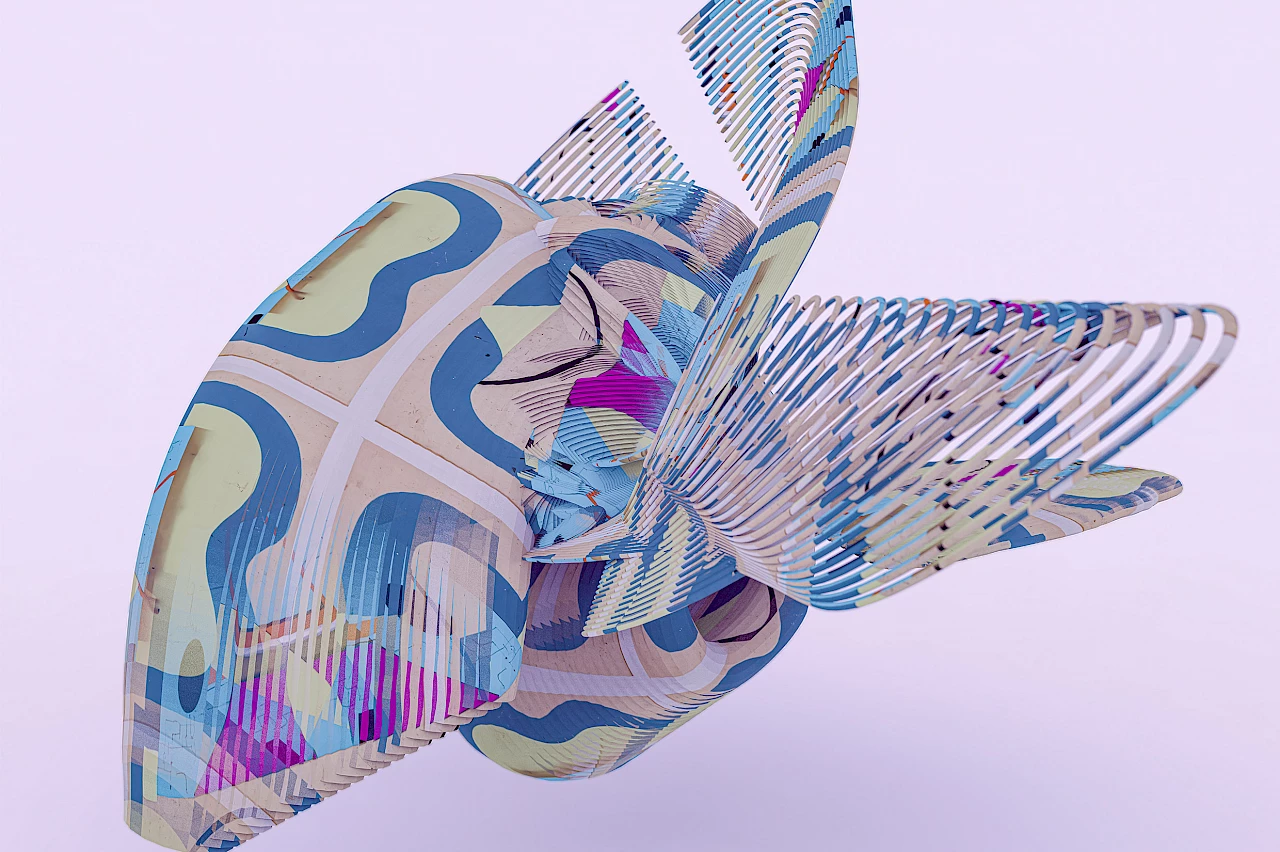Artificial intelligence (AI) is rapidly transforming the world of work as we know it. Process automation and the optimization of business processes are usually the central elements of this transformation. But AI can also be used as a spur to creativity. The IBA Forum examines in detail how AI can support creative processes and what role human beings play in this regard.
In 2016, the World Economic Forum in Davos declared that creativity is the third-most important economic factor. However, in daily work situations it’s not always so easy to give free rein to new ideas and to iteratively implement these ideas in projects in the same way that artists and creative people do. In order to implement this approach, users must not only be able to break open traditional patterns of thinking and acting but also have the will and the organizational structures to do this. In short, they must have the right combination of skills, process modelling and mindset.
„Creativity begins […] at the point where rationality ceases to obstruct the thinking process.“
Andreas Huchler and Stephan A. Jansen
But what is creativity anyhow? Every creative act begins with the proverbial “blank piece of paper” — whether the aim is to create something completely new or to change something that already exists. Becoming creative means starting to act imaginatively — designing something that is new and original. A change of perspective and a space that is not goal-oriented can be sources of creativity and initiate the actions with an unknown outcome that are necessary for creativity. We often wish we had a source of support for the creative process that gives us courage and motivates us to think “out of the box”. What role can AI and its multitude of new applications and technologies play in this area?
The cornucopia of endless possibilities
AI offers such a vast array of possibilities in the creative process that it’s hard for a non-techie to maintain an overview. Midjourney, DALL‑E and ChatGPT — in other words, image generation, 3D modelling, speech processing and prototype design — are turning ways of working upside down whilst at the same time expanding their range of possibilities. For example, let’s look at brainstorming. When AI is sensibly used for this purpose, it generates ideas and inspirations on the basis of huge volumes of data with the help of algorithms. Or let’s take design thinking. Here AI systems can help to identify users’ needs and wishes. By analysing user data, AI can extract insights into the needs and problems of users and find out which solutions work best. These insights, in turn, serve as the basis of the creative process and the design of solution-oriented products and services.
AI as creativity buddy
AI creates new levels of freedom in the creative process and can be used to generate ideas, designs and concepts. It expands our cognitive capabilities and thus can help us arrive at the right choice when we have to make complex decisions. Of course AI does not have a human being’s ability to make judgments. That’s why it’s important for human beings to always stay involved and continuously monitor and adapt the “creations” of AI. As business buddies, AI and human team members are a good combination. In the process of generating ideas and concepts, AI, which is specialized to deal with data and algorithms, meets the human factor with its feelings, human creativity and intuition — and this acts as an important and ultimately crucial corrective. Integrating AI into work processes requires a clear idea of which tasks can be supported by AI and which ones cannot. As intelligent as the new systems are, they need the user’s reflection. That’s because technology and its creative results are always only as good as the person who knows how to handle them.
AI in spatial planning and office design
Opportunities to use AI to support creativity are also opening up in the area of spatial planning and office design.
- Analysis of user data: By analysing data such as how workstations are used, how long individuals stay in certain rooms and how employees interact with one another, AI systems can deliver important findings about work habits. The use of data analyses of this kind makes it possible to optimize spatial planning and precisely adapt workstations to the needs of the employees.
- Simulation of room design: The use of AI for simulating rooms is currently being tested. The applications range from the development of design details to the visualization of the concept for the pre-test. That makes it possible to determine whether the spatial design will have desired effects before it is actually implemented.
- Improving the ergonomics: AI systems can also be used to optimize ergonomic aspects. Through the analysis of diverse data such as the employees’ posture, AI systems can generate recommendations for the design of workstations and furniture to achieve improved ergonomics.






